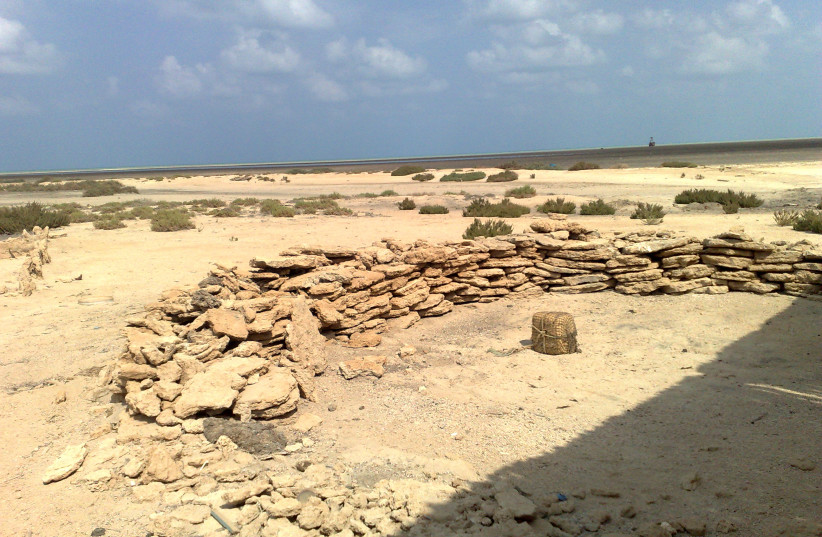Archaeologists from the Department of Culture and Tourism (DCT) in Abu Dhabi have discovered new evidence of the earliest known buildings in the United Arab Emirates and the broader region. The buildings are believed to date back over 8,500 years.
The discovery included stone structures on the island of Ghagha, west of Abu Dhabi city, and the archaeologists have been conducting scientific analysis to learn more about them. Carbon analysis of charcoal fragments revealed that the age of the structures is around 8,500 years old, which is 500 years older than the prior earliest known structures built in the region on Marawah Island off the coast of Abu Dhabi.
The discovery of structures such as these prove that Neolithic settlements existed in the area before long-distance maritime trade routes were established, implying that there must have been some form of local economic activity and human innovation taking place at the time and that environmental conditions were likely more hospitable than previously thought.
“These archaeological finds have shown that people were settling and building homes here 8,500 years ago," according to Mohamed Al Mubarak, Chairman of DCT Abu Dhabi. "The discoveries on Ghagha Island highlight that the characteristics of innovation, sustainability and resilience have been part of the DNA of the inhabitants of this region for thousands of years.
"The finds reinforce an appreciation of history, as well as the deep cultural connections between the people of the UAE and the sea," he said. "We are also reminded that there is still much to discover across the Emirate of Abu Dhabi, and that it is vitally important we continue working to discover, preserve and protect our invaluable heritage for current and future generations to learn more about our ancestral past.”

The structures discovered are simple, round rooms with walls made of stone that are preserved to about one meter in height. Hundreds of artifacts such as stone arrowheads and other tools used for hunting were also uncovered inside the rooms. The archaeologists believe they were probably houses for a small community. 5,000-year-old human remains were also discovered buried in the ruins.
